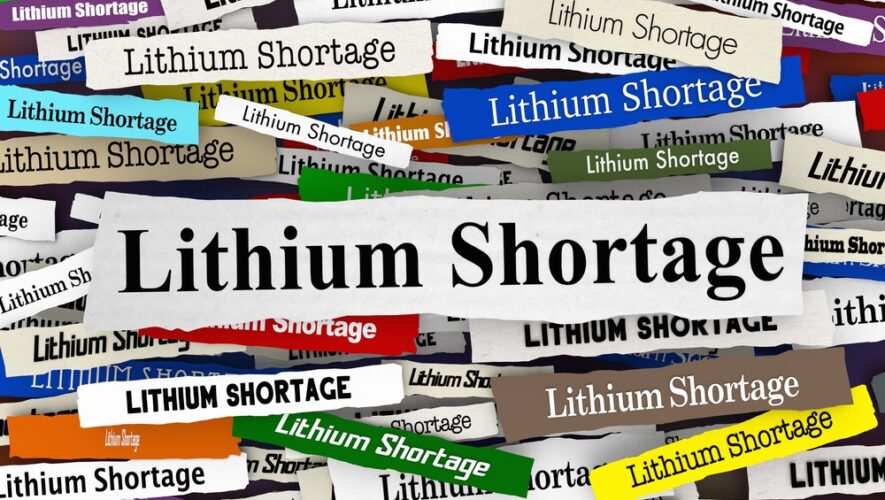By: Julius Melnitzer | April 18, 2023
Ottawa has made critical minerals development a centrepiece of its economic agenda, but when it comes to the bureaucracy surrounding impact assessment and other permitting processes for major projects, much is still up in the air.
The March 28 federal budget proposed a raft of measures to advance the sector, seen as essential to future green and digital economies. Those included a new, refundable tax credit worth $11 billion allowing for a 30 per cent break in the cost of investments in equipment used for key critical minerals and providing $1 billion to support the Crown’s duty to consult indigenous communities.
The Prospectors & Developers Association of Canada and other stakeholders lauded these initiatives, but the budget — which acknowledged “it should not take 12 years to open a critical minerals mine” — is also forcing project proponents and developers to wait until at least December to see any concrete steps aimed at improving timelines.
“We have not as yet seen a material change in regulatory approaches to critical mineral project development,” said Roy Millen, an Indigenous rights partner at Blake, Cassels & Graydon LLP’s Vancouver office. “There has been no focus on the streamlining and emphasis on timeliness that needs to occur.”
Talk about harmonization with the provinces, it appears, has also been just talk so far.
The budget, for example, did not respond to Ontario’s call to match the province’s $1 billion investment in the Ring of Fire critical minerals sector in Northern Ontario. On March 24, however — the same day that the Ontario Finance Minister made the request — the feds launched the $1.5 billion Critical Minerals Infrastructure Fund to support energy and transportation projects needed to unlock priority mineral deposits.
“As much as governments preach communication, they don’t necessarily dialogue with each other much,” said Sam Adkins, Millen’s partner at Blakes. “The federal and provincial governments often have different interests, and there are frequently disconnects in terms of process, time limits, and concerns that arise. That’s particularly true when Ottawa is dealing with the Prairie or Western provinces.”
In many ways, it’s an old story.
“The hurdles facing critical mineral projects are no different than the hurdles facing mining projects generally,” said Scott Donaldson, chief executive of BMC (UK) Limited, a miner whose Canadian subsidiary, Vancouver-based BMC Minerals Limited, is currently developing Kudz Ze Kayah, a silver, copper, gold, lead and zinc mine development near Ross River in the Yukon — a project that is now just entering the regulatory phase after more than five years of environmental assessments. “And the single biggest hurdle is government bureaucracy where far too much of the policy seems to be the result of academic rather than pragmatic considerations.”
Adkins said Donaldson is hardly alone in his views.
“Canada is not an easy place to build mining projects, and so far it isn’t becoming an easier place.”
Millen points the finger squarely at the feds.
“Given its role and responsibilities, Ottawa could do a much better job co-ordinating approaches where provincial governments and Indigenous groups are involved. With some exceptions, there has been no progress in moving from an uncoordinated process in which the feds want one set of conditions, the province wants another, and Indigenous interests want something different yet.”
Indigenous groups, Millen observes, often have their own internal assessment and approval processes.
“But the federal government has in numerous cases dismissed these processes. That’s hardly consistent with the philosophy that Indigenous rights should be respected and Indigenous projects supported and applauded.”
The provinces, it seems, are doing much better.
“Many, particularly Alberta, have adopted their own mineral strategy,” Adkins said. “And that’s encouraging because the provinces and territories own and manage the resources, which leaves them in the driver’s seat.”
The provinces and territories also have almost exclusive jurisdiction over mining exploration.
Which, as Adkins sees it, is all to the good.
“On the whole, provincial regulators understand the industry better, communicate better, and explain time frames better.”
Julius Melnitzer is a Toronto-based legal affairs writer, ghostwriter, writing coach and media trainer. Readers can reach him at julius@legalwriter.net or https://legalwriter.net/contact.
RELATED STORIES BY AUTHOR
Utica Resources files lawsuit seeking billions of dollars if Quebec implements Bill 21
Blood Tribe reserve ruling draws distinction on treaty rights
B.C. Supreme Court ruling on First Nations’ infringement rights to ‘open up broad range of remedies’
Ottawa’s last-minute interventions in energy projects eroding Canadian regulators’ independence
